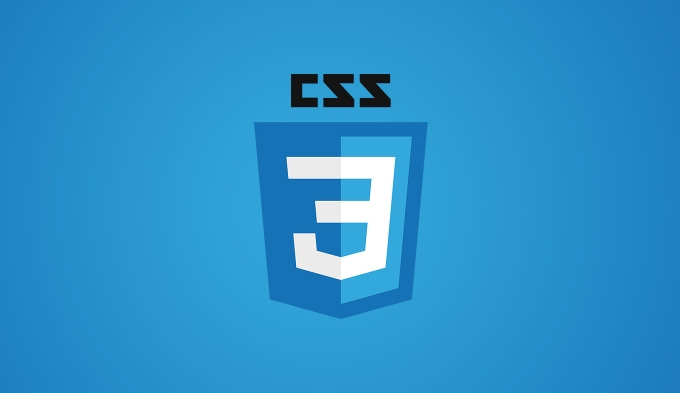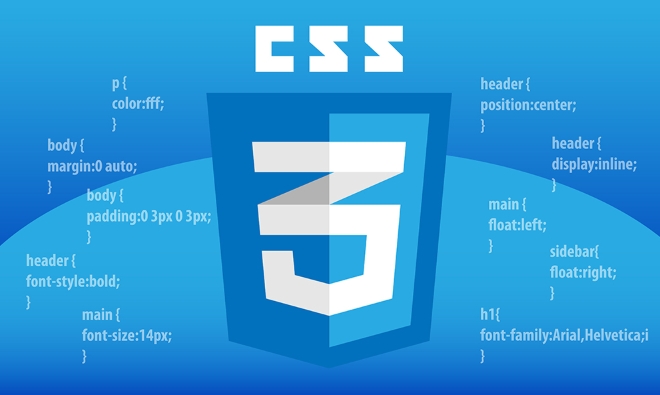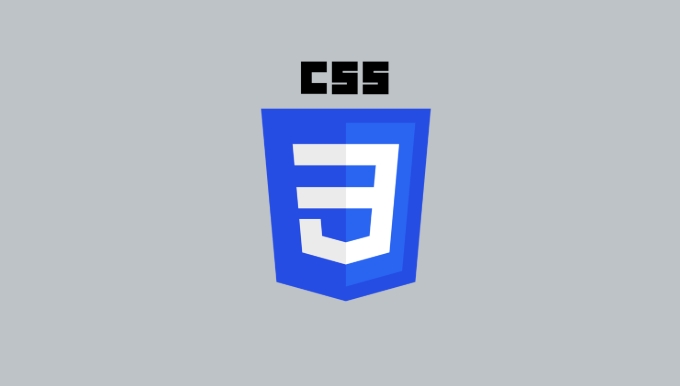The @supports rule in CSS allows you to apply styles conditionally based on whether a browser supports a specific CSS feature. 1. It works by checking if a browser recognizes a given property-value pair, such as @supports (display: grid). 2. You can use logical operators like and, or, and not to create more complex conditions. 3. Feature queries enable progressive enhancement by letting you safely use modern CSS features while providing fallbacks for older browsers. 4. They are useful for testing layout techniques like CSS Grid, subgrid, or container queries, and for combining feature checks with media queries. 5. Best practices include using @supports selectively, testing layouts manually, and writing base styles first before enhancing them within a @supports block.

CSS feature queries, using the @supports rule, let you apply styles only if a browser supports a specific CSS feature. It’s like asking the browser, “Hey, can you do this?” and then giving it instructions based on the answer.

This is super useful when working with newer CSS features that might not be available in all browsers yet.
How to Use @supports
The basic syntax looks like this:

@supports (property: value) {
/* Styles go here */
}You just write a condition inside the parentheses — usually a CSS property and value pair. If the browser recognizes that combination, it will apply the styles inside the block.
For example:

@supports (display: grid) {
.container {
display: grid;
grid-template-columns: repeat(3, 1fr);
}
}In this case, only browsers that support CSS Grid will use those styles.
Here are a few more examples of valid conditions:
@supports (transform: rotate(30deg))@supports not (text-stroke: 2px red)@supports (filter: blur(2px)) or (-webkit-filter: blur(2px))
You can also combine conditions using and, or, and not.
Why Feature Queries Are Useful
Feature queries help you write progressive enhancement-friendly code. You don’t have to guess what browser someone is using — you just check whether the browser can handle a particular style.
Here are a few real-world uses:
- Use modern layout techniques safely: Try out things like
aspect-ratio,subgrid, orcontainer querieswithout breaking older browsers. - Provide fallbacks: If a feature isn't supported, you can fall back to an older layout method like Flexbox or floats.
- Test combinations: You can check for multiple features at once. For example, only apply a style if both
backdrop-filterand@media (prefers-reduced-transparency)are supported.
Without feature queries, you might end up relying on browser detection, which is less reliable and harder to maintain.
A Few Gotchas and Tips
- Don’t test for everything: Only use
@supportswhen necessary. Most CSS already fails gracefully when a browser doesn’t understand something. - Not all features can be tested perfectly: Some properties may technically exist but behave differently across browsers. So always test your layouts manually too.
- Nesting works: You can nest
@supportsinside media queries (or vice versa), allowing for very targeted styling.
A good pattern is to write base styles first, then enhance them inside a @supports block.
Like this:
.my-box {
width: 100%;
}
@supports (width: stretch) {
.my-box {
width: stretch;
}
}That way, everyone gets something usable, and modern browsers get the better version.
So basically, @supports gives you a clean, native way to write conditional CSS — no JavaScript or external tools needed. It's not something you'll use every day, but it's a solid tool to have when you're pushing the edge of modern CSS.
The above is the detailed content of What are CSS feature queries (`@supports`)?. For more information, please follow other related articles on the PHP Chinese website!

Hot AI Tools

Undress AI Tool
Undress images for free

Undresser.AI Undress
AI-powered app for creating realistic nude photos

AI Clothes Remover
Online AI tool for removing clothes from photos.

Clothoff.io
AI clothes remover

Video Face Swap
Swap faces in any video effortlessly with our completely free AI face swap tool!

Hot Article

Hot Tools

Notepad++7.3.1
Easy-to-use and free code editor

SublimeText3 Chinese version
Chinese version, very easy to use

Zend Studio 13.0.1
Powerful PHP integrated development environment

Dreamweaver CS6
Visual web development tools

SublimeText3 Mac version
God-level code editing software (SublimeText3)
 CSS tutorial for creating loading spinners and animations
Jul 07, 2025 am 12:07 AM
CSS tutorial for creating loading spinners and animations
Jul 07, 2025 am 12:07 AM
There are three ways to create a CSS loading rotator: 1. Use the basic rotator of borders to achieve simple animation through HTML and CSS; 2. Use a custom rotator of multiple points to achieve the jump effect through different delay times; 3. Add a rotator in the button and switch classes through JavaScript to display the loading status. Each approach emphasizes the importance of design details such as color, size, accessibility and performance optimization to enhance the user experience.
 Addressing CSS Browser Compatibility issues and prefixes
Jul 07, 2025 am 01:44 AM
Addressing CSS Browser Compatibility issues and prefixes
Jul 07, 2025 am 01:44 AM
To deal with CSS browser compatibility and prefix issues, you need to understand the differences in browser support and use vendor prefixes reasonably. 1. Understand common problems such as Flexbox and Grid support, position:sticky invalid, and animation performance is different; 2. Check CanIuse confirmation feature support status; 3. Correctly use -webkit-, -moz-, -ms-, -o- and other manufacturer prefixes; 4. It is recommended to use Autoprefixer to automatically add prefixes; 5. Install PostCSS and configure browserslist to specify the target browser; 6. Automatically handle compatibility during construction; 7. Modernizr detection features can be used for old projects; 8. No need to pursue consistency of all browsers,
 What is the difference between display: inline, display: block, and display: inline-block?
Jul 11, 2025 am 03:25 AM
What is the difference between display: inline, display: block, and display: inline-block?
Jul 11, 2025 am 03:25 AM
Themaindifferencesbetweendisplay:inline,block,andinline-blockinHTML/CSSarelayoutbehavior,spaceusage,andstylingcontrol.1.Inlineelementsflowwithtext,don’tstartonnewlines,ignorewidth/height,andonlyapplyhorizontalpadding/margins—idealforinlinetextstyling
 Creating custom shapes with css clip-path
Jul 09, 2025 am 01:29 AM
Creating custom shapes with css clip-path
Jul 09, 2025 am 01:29 AM
Use the clip-path attribute of CSS to crop elements into custom shapes, such as triangles, circular notches, polygons, etc., without relying on pictures or SVGs. Its advantages include: 1. Supports a variety of basic shapes such as circle, ellipse, polygon, etc.; 2. Responsive adjustment and adaptable to mobile terminals; 3. Easy to animation, and can be combined with hover or JavaScript to achieve dynamic effects; 4. It does not affect the layout flow, and only crops the display area. Common usages are such as circular clip-path:circle (50pxatcenter) and triangle clip-path:polygon (50%0%, 100 0%, 0 0%). Notice
 Styling visited links differently with CSS
Jul 11, 2025 am 03:26 AM
Styling visited links differently with CSS
Jul 11, 2025 am 03:26 AM
Setting the style of links you have visited can improve the user experience, especially in content-intensive websites to help users navigate better. 1. Use CSS's: visited pseudo-class to define the style of the visited link, such as color changes; 2. Note that the browser only allows modification of some attributes due to privacy restrictions; 3. The color selection should be coordinated with the overall style to avoid abruptness; 4. The mobile terminal may not display this effect, and it is recommended to combine it with other visual prompts such as icon auxiliary logos.
 How to create responsive images using CSS?
Jul 15, 2025 am 01:10 AM
How to create responsive images using CSS?
Jul 15, 2025 am 01:10 AM
To create responsive images using CSS, it can be mainly achieved through the following methods: 1. Use max-width:100% and height:auto to allow the image to adapt to the container width while maintaining the proportion; 2. Use HTML's srcset and sizes attributes to intelligently load the image sources adapted to different screens; 3. Use object-fit and object-position to control image cropping and focus display. Together, these methods ensure that the images are presented clearly and beautifully on different devices.
 Demystifying CSS Units: px, em, rem, vw, vh comparisons
Jul 08, 2025 am 02:16 AM
Demystifying CSS Units: px, em, rem, vw, vh comparisons
Jul 08, 2025 am 02:16 AM
The choice of CSS units depends on design requirements and responsive requirements. 1.px is used for fixed size, suitable for precise control but lack of elasticity; 2.em is a relative unit, which is easily caused by the influence of the parent element, while rem is more stable based on the root element and is suitable for global scaling; 3.vw/vh is based on the viewport size, suitable for responsive design, but attention should be paid to the performance under extreme screens; 4. When choosing, it should be determined based on whether responsive adjustments, element hierarchy relationships and viewport dependence. Reasonable use can improve layout flexibility and maintenance.
 What are common CSS browser inconsistencies?
Jul 26, 2025 am 07:04 AM
What are common CSS browser inconsistencies?
Jul 26, 2025 am 07:04 AM
Different browsers have differences in CSS parsing, resulting in inconsistent display effects, mainly including the default style difference, box model calculation method, Flexbox and Grid layout support level, and inconsistent behavior of certain CSS attributes. 1. The default style processing is inconsistent. The solution is to use CSSReset or Normalize.css to unify the initial style; 2. The box model calculation method of the old version of IE is different. It is recommended to use box-sizing:border-box in a unified manner; 3. Flexbox and Grid perform differently in edge cases or in old versions. More tests and use Autoprefixer; 4. Some CSS attribute behaviors are inconsistent. CanIuse must be consulted and downgraded.






